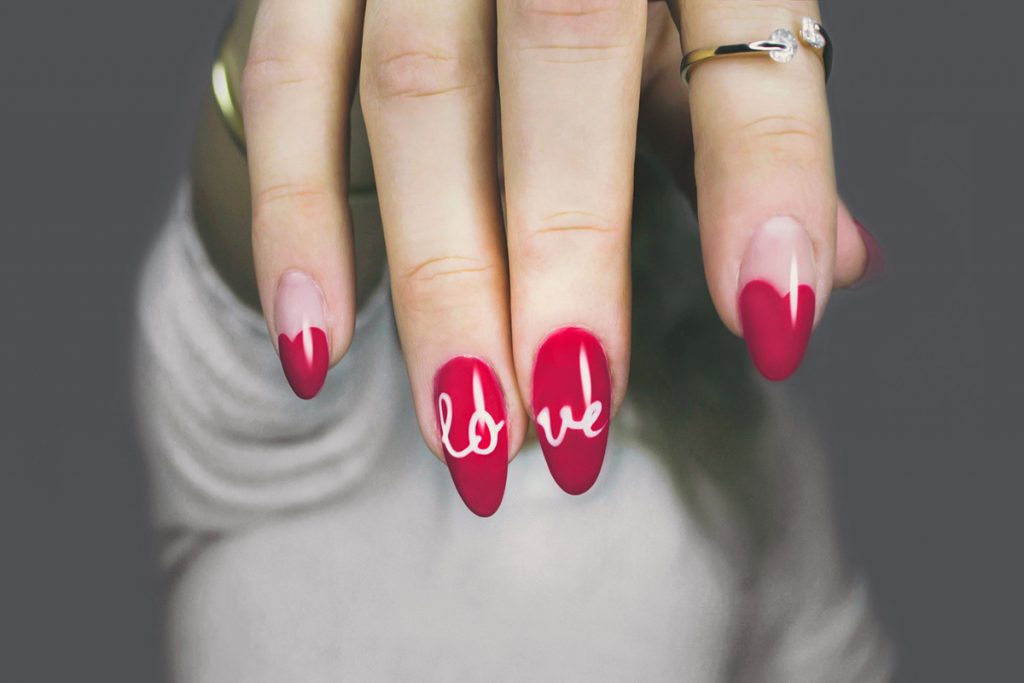Manicured nails aren’t just a sign of good hygiene – these are, in fact, also a sign of social status and a fashion statement! Men and women are then well-advised to have their nails manicured by salon professionals for these reasons.
But before you go, you should also be aware of the possible risk of nail infections that can come with manicures and pedicures. These infections can come from cuts on your skin made by the manicure tools and/or pathogens on these tools transferred to these cuts, among others. These infections, fortunately, can be prevented by adopting a few sensible measures including the following discussed below.
Choose Your Nail Salon Carefully
Don’t just walk into a nail salon and ask for a manicure because then you’re asking for nail trouble. You have to scope out the nail salon first so that you can determine whether its staff members adopt good hygiene practices. You have to observe these things for a half-hour or so, perhaps even ask a few of the staff members and customers, to see for yourself.
Here are a few things that you should look out for.
- The instruments used for manicures and pedicures should be cleaned and/or sterilized before these are used on another customer. These instruments include foot bowls or foot baths, nail clippers, and nippers, to name a few, most of which are made of either plastic or metal.
- The instruments are cleaned with hospital-grade disinfectant or with a process known as autoclaving, a method used in hospitals for sterilizing surgical tools.
If you see a nail technician using the same instruments used on a prior client on the next client without cleaning or sterilizing them, then you should walk out the door and find another salon. You aren’t obligated to state your reason but you shouldn’t be forced to stay either.
But if you see new instruments being brought out for each client and the foot bowls being disinfected after each use, then you are in the right place. We suggest checking out the nearest Da Vi Nails salon in your area because these safety measures are already and always in place.
Ask About Professional Training
You’re a client so you have the right to ask the manager and/or owner about the professional training including certifications of the nail technicians who will be working on your nails. Said training is important because even with the right instruments – and sterilized, too – an untrained salon staff can cut your skin and increase your risk of infection from a manicure and pedicure.
In fact, nail technicians shouldn’t cut, tear and abrade your skin with the manicure/pedicure instruments! Even a tiny cut near your nails can pave the way for a bacterial infection that, in turn, can become a major issue when left untreated for too long.
There’s also the fact that microorganisms, such as bacteria and viruses, can enter through the cut on your skin from the foot bowls. You shouldn’t put your feet into a foot bath when you have an open wound including scratches, cuts, and bites.
The bacteria may also come from your legs – the bacteria are, in fact, are part of the natural flora of your skin – that may swirl around in the water. These microorganisms can become harmful when they get inside your skin and, thus, cause an infection.
Of course, the nail technician should use the right instruments and methods for your manicure and pedicure, even for your hand and foot spa service. For example, your toenails shouldn’t be cut too short since it can result in either an infection or an ingrown toenail.
You should also ask the nail technician not to use metal files in removing calluses and dead, dry skin since these can also cause tears on your skin. Softer instruments like brushes are better for this purpose.
Seek Medical Treatment, ASAP
But even with these precautions, there’s still the risk of getting infections from a manicure or pedicure. The infection can either show up almost immediately or in a future time, sometimes even weeks or months later.
You must seek medical treatment for a nail infection as soon as possible (i.e., observable symptoms). You can’t just ignore it because the complications can affect your health in more ways than one, such as when your nails become dark-colored from a viral infection.
There are three major kinds of infections that can occur on nails, namely:
- Bacterial infections usually manifest as red, hot or swollen nails and/or the skin around them. The treatment usually includes antibiotics, perhaps with an incision to drain the fluid.
- Fungal infections are usually seen as nails turning yellowish and thick, perhaps with white streaks and spots. The nails can become chalky, crumbly, and fragile when left untreated. The treatment includes oral and topical medications.
- Viral infections, such as plantar warts, don’t show up until months after the manicure or pedicure. Topical medications are the typical treatments for these infections.
But don’t let the risk of infections get in the way of your love affair with your nails! The secret is in taking the necessary safety measures to protect them against infections.
